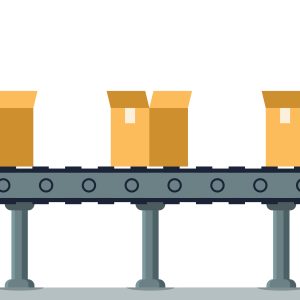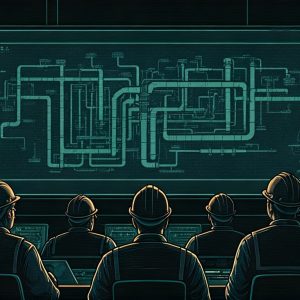HP brought together a set of virtualizing technologies from inside its own HP Labs as well as some code from a tiny startup called Terraspring and created the UDC controller, a kind of master virtualization switch that could provision servers, storage, and network bandwidth automatically as applications required. This was a big concept, and even as it was demonstrated as a working product in 2001 and improved in 2003, HP discovered that it was also a big sale. And having figured that out, HP is rejiggering its approach to utility computing.
According to Nick van der Zweep, director of virtualization and utility computing at HP, the company has not mothballed UDC, as has been rumored, so much as broken it down into pieces that will be more easily and readily consumed by IT shops around the world who like the UDC concept but who want to take baby steps rather than start off at a full run.
Conceptually, every customer wanted it, says van der Zweep. But almost all of them said they wanted pieces instead of a monolithic solution. HP has a number of UDC customers, such as electronics giant Philips and digital movie maker DreamWorks, both of which have hired HP to run their data centers using the UDC tools as part of outsourcing agreements. But UDC was not an easy sell, and it certainly was not a product intended for small and medium-sized businesses.
This is why some of the UDC code and concepts appeared last summer as the Virtual Server Environment, which was initially available only on HP-UX servers but many features of which are available on HP Integrity Itanium-based boxes running Windows and Linux. This is also why some UDC software features (such as network virtualization and server provisioning) were featured in HP’s rebranded BladeSystem machines, which were formerly known as the ProLiant BL line and which got a new name and a new division within HP’s Enterprise Systems and Storage unit last week.
Some of the people who were working on extending the Terraspring code have been moved to other projects. (HP licensed and heavily modified the Terraspring code after licensing it in 1999, and its UDC product was distinct from the code that Sun Microsystems Inc controlled after it bought Terraspring last year) UDC team members have also been set to work integrating the system management technologies from the Consera and Novadigm acquisitions in February 2004. The perception in the industry – and one that HP did nothing to dissuade – was that UDC was heavily based on Terraspring’s software, but van der Zweep says that in 2001, when UDC was first pushed hard as a product, only about 30% of the code behind UDC was based on the Terraspring product, and that by the end of 2003, that percentage had dropped to about 10% with UDC Version 1.1.
Van der Zweep says that customers who want to buy the full-tilt-boogie UDC product, or have HP use it as the basis of a services gig, will still be able to do so. But the company is not going to try to peddle UDC as a single product to customers any more.
Instead, it will concentrate on selling the piece parts that make up UDC, including the Virtual Server Environment on Integrity machines, the Virtualization Controller and Automation Controller on its BladeSystems, the OpenView Change and Configuration Management Server (which is based on Consera and Novadigm code), and HP’s Utility Services, which provides computing capacity on a utility basis to customers.
The network virtualization and storage virtualization features of UDC will appear in other products, such as the Virtual LAN capabilities of its ProCurve switches or in the virtualization software in its StorageWorks arrays. Van der Zweep says that HP is by no means walking away from the utility computing market, and that he has more than 1,000 people across the company working on various projects, even if they are not working on UDC any more. Utility computing is alive and well at HP, he said.






